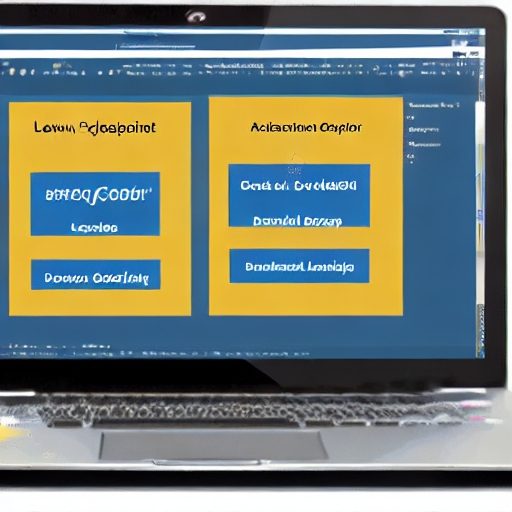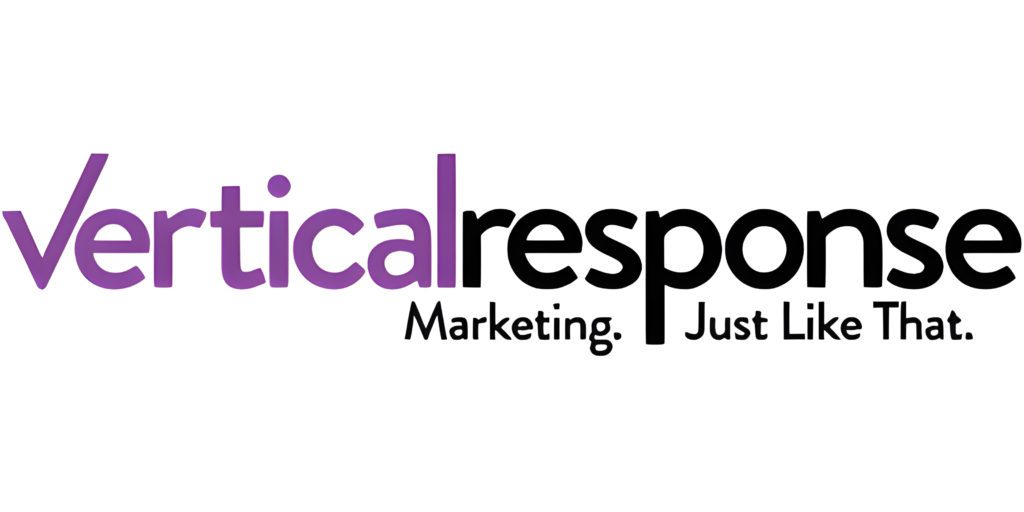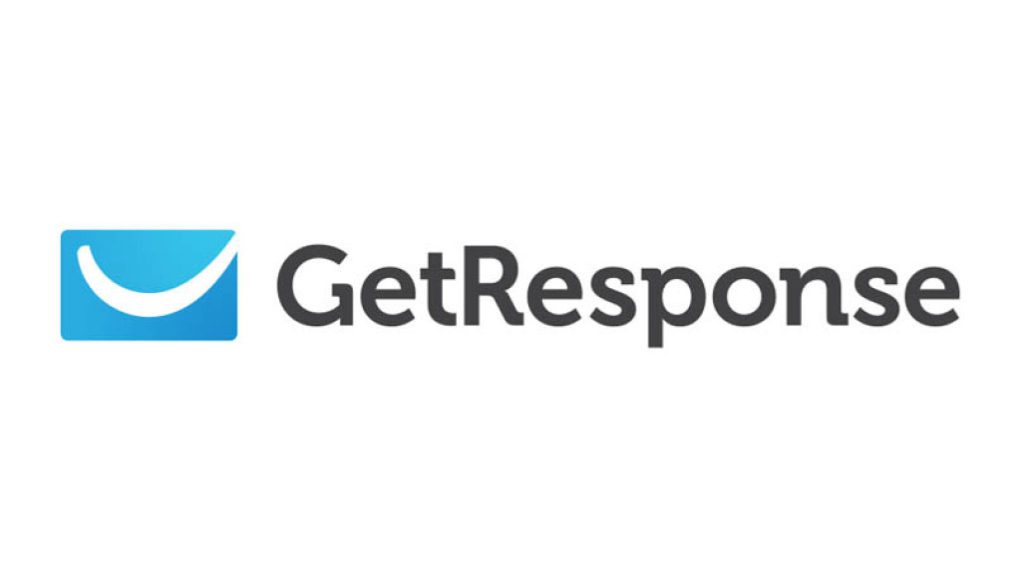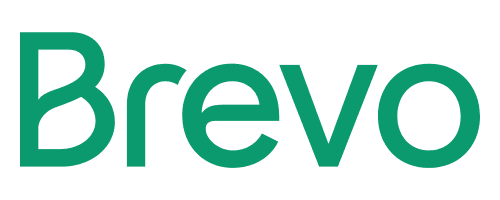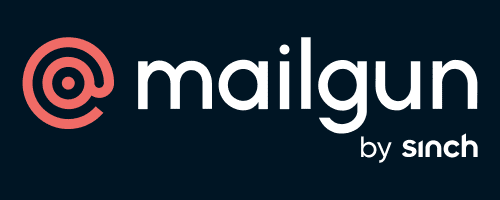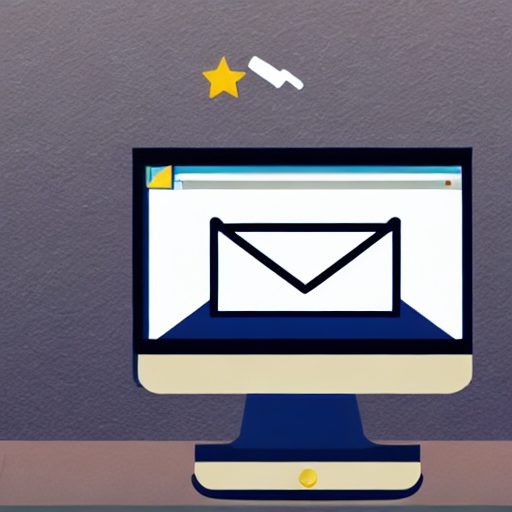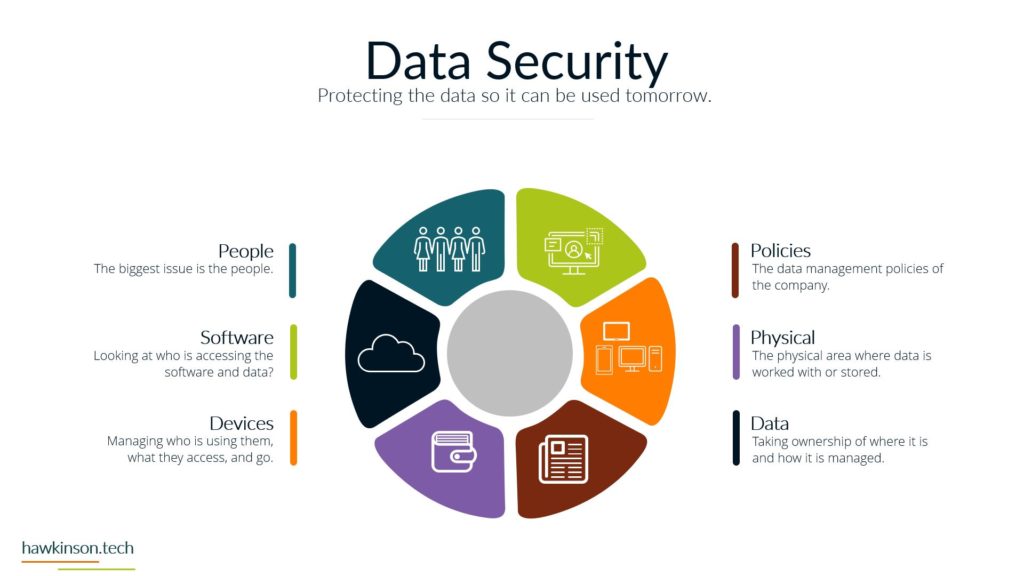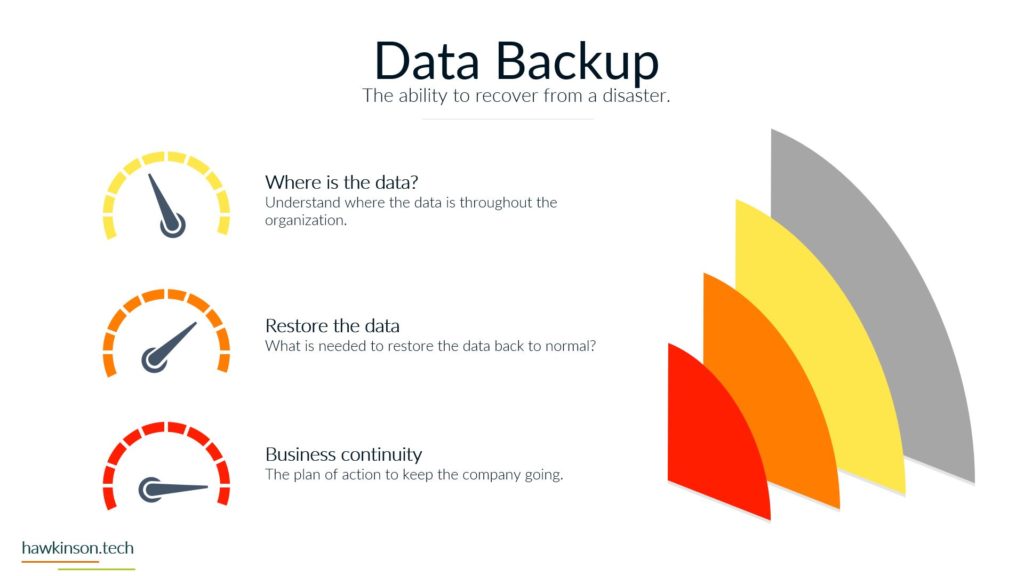Over 50% of industries use a low-code development platform for their software applications. The demand for low-code platforms continues to increase, with an estimated 70% of all applications using a low-code development platform by 2025, as businesses seek to streamline their application development processes and reduce the need for coding expertise.
With low-code platforms, developers can create and deploy applications with minimal coding, saving time and resources. However, not all low-code development platforms are created equal. You can read below to learn about low-code development and some things to look for when evaluating a low-code development platform for your organization.
What is a Low-Code Development Platform?
Before we move to the must-have features to look for in a low-code development platform, it is crucial to understand what a low-code platform is.
Low-code development platforms are software tools that enable developers to build applications quickly and with minimal coding. They can create various applications, including mobile apps, web applications, and integrations with other software systems.
Low-code platforms typically offer pre-built templates and drag-and-drop components that can be customized to meet specific business requirements. These platforms also provide a visual modeling interface allowing developers to design application workflows and logic rather than code from scratch. This makes it optimal for those who have sufficient knowledge of coding.
However, choosing a low-code development platform can pose a challenge for developers who need to know what they want. Thus, while an excellent low-code platform can streamline development, a bad one can cost you.
13 Things to Look for in a Low Code Development Platform
Although low-code development programs are becoming increasingly popular, there are some concerning issues involved. Organizations’ most significant issue is finding the right low-code development program. Thus, below is a list of some of the most essential things to look for in a low-code development platform.
1. Visual Modeling Interface
A visual modeling interface is a critical feature of a low-code development platform. It allows developers to create application logic and workflows using “drag-and-drop” components and pre-built templates. These options are much simpler than writing complex lines of code. This feature enables developers to quickly and easily build applications without a deep understanding of coding.
2. Pre-built Components and Templates
A low-code development platform should offer a library of pre-built components and templates that can be easily customized to meet your specific business requirements. This feature allows developers to build applications faster and with less effort, as they don’t need to create every component from scratch.
3. Integration Capabilities
A low-code development platform should support integration with other systems and data sources, such as APIs, databases, and other software systems. Integration capabilities allow developers to build applications that interact with other systems and automate business processes without extensive coding.
4. Workflow Management
A low-code development platform should offer software tools for managing application workflows, including approval processes, task delegation, and notifications. These features allow developers to automate business processes and improve the efficiency of application workflows.
5. Collaboration Tools
Collaboration tools like real-time editing and commenting enable teams to work together efficiently. A low-code development platform should offer robust tools that allow team members to collaborate on application development projects, share feedback, and review changes.
6. Deployment and Monitoring Tools
A low-code development platform should offer development tools for testing, deploying, and monitoring applications. This feature allows developers to ensure that applications are functional, performant, and meet business requirements.
Additionally, deployment and monitoring tools enable developers to detect and address any issues that arise quickly.
7. Security and Compliance
Security and compliance are essential considerations when building applications, particularly in finance, healthcare, and government industries. A low-code development platform should offer robust security features like user authentication, encryption, and access controls.
Additionally, the platform should comply with relevant regulations and industry standards, such as HIPAA, GDPR, or PCI-DSS.
8. Drag-and-Drop Builders
Form builders are essential for building applications that require input from users. A low-code development platform should offer drag-and-drop builders that allow developers to create forms quickly and easily.
These builders should provide various fields, such as text fields, checkboxes, dropdown menus, and radio buttons, making it easy to design forms that meet specific business requirements.
9. Mobile App Development
Reports show that over 85% of consumers prefer a business app over a business website. Thus, a low-code development platform must offer mobile app development capabilities. This enables businesses to develop and deploy mobile apps quickly and efficiently.
The platform should provide a range of features, such as mobile-specific templates, responsive design, and integration with the device hardware, making it easy to create applications that offer a great user experience across different devices.
10. Workflow Automation
Workflow automation is crucial for businesses to streamline processes and reduce manual work. A low-code development platform should provide workflow automation capabilities, enabling developers to automate repetitive tasks and build workflows that integrate with other systems and applications.
11. Artificial Intelligence (AI) and Machine Learning (ML)
AI and ML are transforming the way you operate a business. A low-code development platform should provide capabilities for integrating AI and ML into applications, enabling enterprises to leverage these technologies to automate tasks, make data-driven decisions, and improve user experiences.
12. Application Performance Management (APM)
APM tools are critical for ensuring that applications perform optimally. A low-code development platform should provide APM capabilities, enabling businesses to monitor application performance, detect issues, and troubleshoot problems quickly.
13. Open API Support
A low-code development platform should provide open API support, enabling businesses to integrate with other systems and data sources. Open API support makes building applications that can interact with third-party systems easily. It provides access to a vast range of data sources, making it easier to build more robust applications.
Conclusion
A low-code development platform should offer a range of features that enable developers to build applications quickly, efficiently, and with minimal coding. By choosing a platform with these must-have features, your organization can accelerate application development, improve team collaboration, ensure that your applications are secure and compliant, and meet your business needs.
